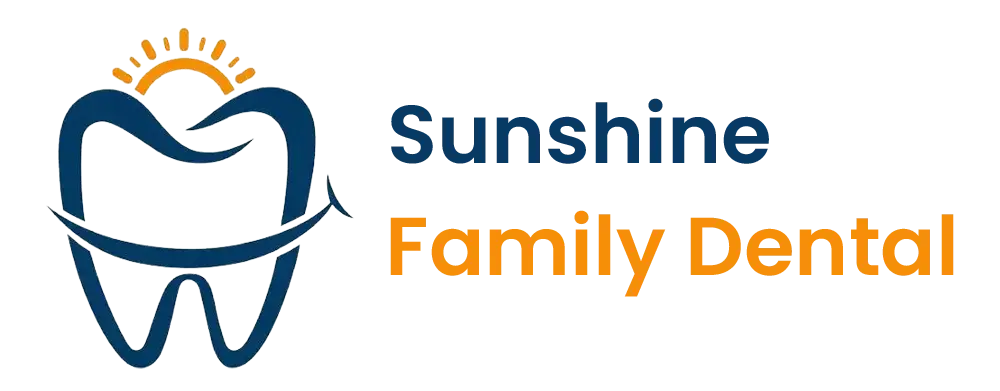Welcome to the world of teeth whitening, where a bright and radiant smile is just a few steps away! A pearly white set of teeth can boost your confidence and change the way people perceive you. But with so many teeth whitening methods available in the market, it's hard to know which one is suitable for you. In this blog post, we'll explore both professional and at-home teeth whitening methods and delve into the science behind them. So sit tight, grab your toothbrushes, and get ready for some exciting insights on how to achieve that bright white smile you've been dreaming about!
Professional Teeth whitening
Professional teeth whitening is a popular method that involves visiting a dental clinic or professional dentist to undergo an in-office treatment. This procedure usually takes around 60-90 minutes, depending on the level of discoloration and desired whiteness. A common technique used by professionals is bleaching, where hydrogen peroxide or carbamide peroxide gels are applied to the surface of the teeth.
The science behind this method lies in the ability of these chemical agents to penetrate through enamel and dentin layers. The free radicals released during this process break down organic molecules responsible for tooth stains, resulting in brighter and lighter teeth shades.
It's worth noting that professional teeth whitening can be expensive compared to other methods due to its effectiveness and involved equipment. However, it also ensures safety as it's done under supervision with cautionary measures taken into account, such as gum protection.
Additionally, some people may experience sensitivity post-treatment; however, this quickly fades away over time. Professional teeth whitening guarantees quick results with long-lasting effects when executed correctly by experienced professionals who understand their craft well enough to give you a bright smile!
At-Home Teeth Whitening
At-home teeth whitening methods have become increasingly popular in recent years and for good reason. These DIY options are not only more convenient but also significantly cheaper than professional treatments. But how exactly do they work?
One of the most common at-home teeth whitening methods involves using a gel or strip that contains hydrogen peroxide, which is the active ingredient responsible for removing stains from your teeth. When applied to the surface of your teeth, it penetrates into the enamel and breaks down the chemical bonds between stain molecules, making them easier to remove.
Whitening toothpaste is another option that many people use as an at-home method for maintaining their newly whitened smile after professional treatment or when looking for a subtle improvement over time. These kinds of toothpaste contain abrasive particles that physically remove surface-level staining while also containing mild bleaching agents like hydrogen peroxide.
These at-home options may take longer to see results compared to professional treatments due to lower concentrations used in formulations and shorter application times. Besides, the safety of these methods can't be guaranteed as they are not done under the supervision of a dental expert.
Which Teeth Whitening Method Is The Best?
When it comes to teeth whitening, choosing the best method for you can be a daunting task. While both professional and at-home methods have their advantages, there are a few factors to consider before making your decision.
Professional teeth whitening is often considered the most effective method as it uses stronger bleaching agents that can only be administered by dentists. This results in faster and more noticeable results compared to at-home alternatives. Additionally, dentists are able to customize the treatment based on individual needs and preferences.
On the other hand, at-home teeth whitening offers convenience and affordability. These kits usually contain lower concentrations of bleach which may take longer to achieve desired results but provide a safer option for those with sensitive teeth or gums. It's important to note that not all at-home kits are created equal, and some may produce little to no effect on tooth discoloration.
Ultimately, the best method depends on personal preference and budget. If you're looking for immediate results or have severe staining, professional whitening may be worth the investment. However, if you're looking for a cost-effective solution or prefer gradual improvement over time, an at-home kit could work well for you.
Whatever method you choose, it's important to maintain good oral hygiene habits such as brushing twice daily and flossing regularly in order to prolong your bright new smile!
Please reach out to our dental practice in Pleasanton, CA, to have a consultation with our dentist in Pleasanton, CA. Please call us at (925) 600-9006 or schedule an online consultation, and we'll guide you further.
